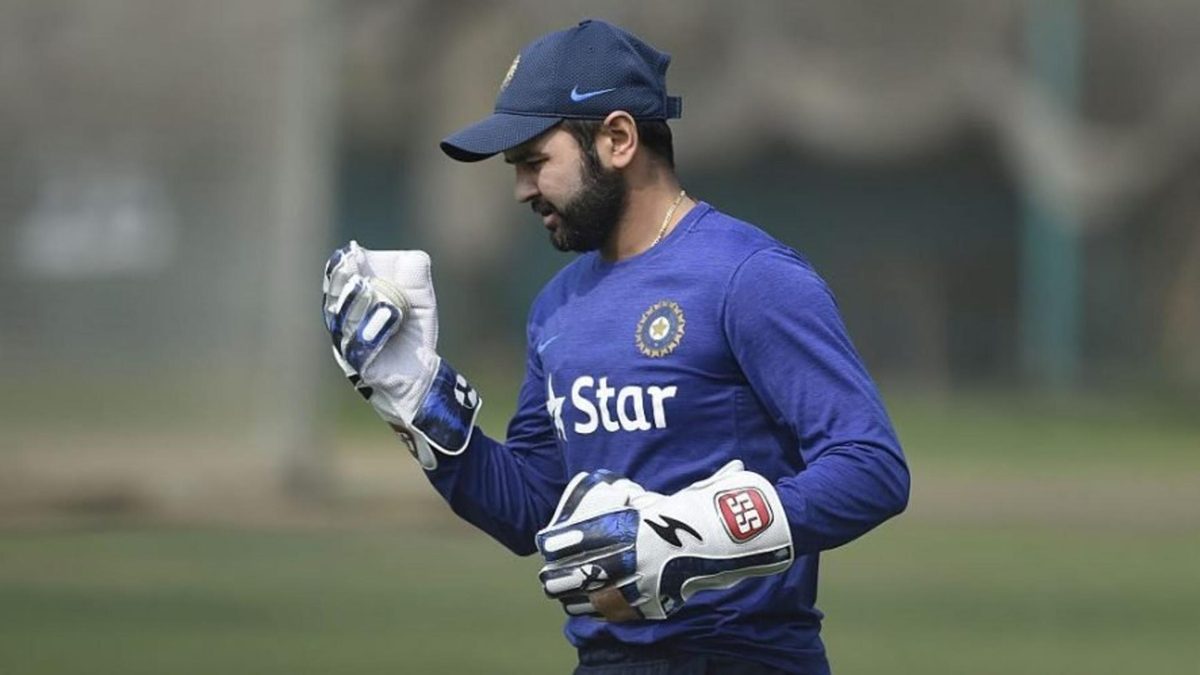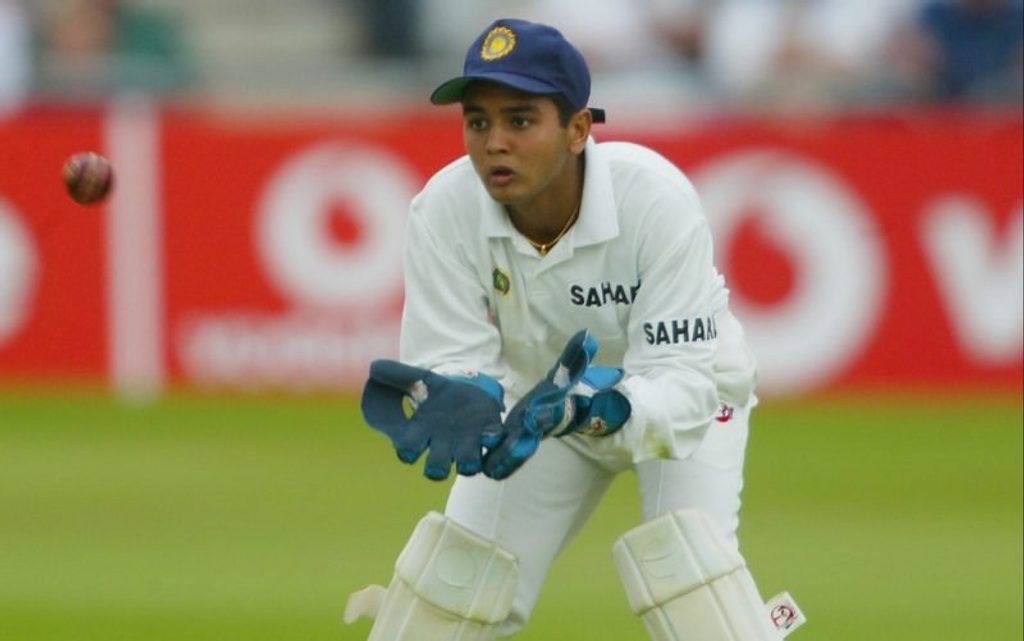
Parthiv Patel, who retired from all forms of cricket on Wednesday, December 9, was a towering figure for his state team Gujarat for 15 years, famously leading them to their maiden Ranji Trophy title win in 2016/17. He traced his team’s journey to the top in the 2018 Wisden India Almanack.
This article first appeared in Wisden India Almanack 2018. You can buy the latest edition here.
Gujarat’s victory in the Ranji Trophy last season might have come as a surprise to many people, but not to the team.
Ten years ago, when I first became captain, I wouldn’t have said that we could win the Ranji Trophy, because then there weren’t enough hungry players in the side. Mostly, they wanted to keep their place.
One of the first things I did as captain was to insist that I should attend selection committee meetings. Our five-man selection panel has one person each from Ahmedabad, Surat, Valsad, Nadiad and Gandhinagar. We insisted no selector should promote a player from his city; we were clear that we were there to pick a team for Gujarat. It took time, but it was a big change in our selection policy.
The process started some four years ago. We dropped senior players and decided to invest in youngsters such as Manprit Juneja and Bhargav Merai. Priyank Panchal has been around for a while, as has Samit Gohel. We needed a solid opening pair – I’ve never enjoyed going out to bat at 10-2! It took us three years to find the right combination. One year, Priyank opened with Smit Patel, then Smit went with Samit and Priyank was dropped. Then it was Priyank and Samit. I decided that we would play Priyank and Samit the full season, that we would give them security. I told them I wasn’t expecting a 200-run partnership, just 40-50 to set the tone. Giving them that security made the difference.
Till three years ago, we were getting first-innings leads, but weren’t able to force outright wins. I wanted a player at No. 7 who could bowl, but who could also bat decently. That period between the 65th and the 80th overs when you wait for the new ball is where the change bowler comes in. We conceded a lot of runs during that phase. We did not have an all-rounder till Axar Patel came in. He is probably as good a bowler and as good a batsman as anyone at the domestic level; he made a big difference.
We were always a steady side, not a flamboyant one that would roll sides over for 100 or 150. We needed 300 runs to get a team out. And then came Jasprit Bumrah, who would just run through the opposition.
Those were the impact players. We also had our bits-and-pieces players. Rujul Bhatt and Rush Kalaria would take 25 wickets and get you around 400 runs.
The Ranji triumph was not a shock because we have won national championships, the 20-over Syed Mushtaq Ali Trophy twice and the 50-over Vijay Hazare Trophy. Winning Vijay Hazare in December 2015 gave us the belief that we could beat any side. We played Tamil Nadu in the semi-final, and then Delhi in the final. Tamil Nadu had top Test players: M Vijay, R Ashwin, Abhinav Mukund, Dinesh Karthik, L Balaji. Delhi had Gautam Gambhir, Shikhar Dhawan, Unmukt Chand, Rishabh Pant, Ishant Sharma. Gujarat only had me and RP Singh. Axar had just played for India, Jasprit had not made his India debut then. We were just a good unit. In the Ranji Trophy, we took the lead against a Delhi side that included Virender Sehwag, Gambhir, Ishant and Ashish Nehra. When Karnataka were on a roll for two years, winning every title there was to win, we were the only side that took the lead against them, and that too in Bangalore.
From making his Test debut as a 17-year-old in 2002 to leading Gujarat to their maiden Ranji Trophy win in 2016/17, it’s been an incredible journey.
Happy retirement, @parthiv9! pic.twitter.com/Hrd68pWz5j
— Wisden India (@WisdenIndia) December 9, 2020
We used all these factors as motivators. We remained positive throughout. That’s where Vijay Patel, our coach, and I played important roles: we had to make the lads believe that though we didn’t have big names, we had good players who could win games on their own. We reminded them of what we had done in the past with the same bunch of players – who now had the added benefit of four-five years’ experience. So, before the season started, we made sure that we were not preparing for just the eight games in the league phase, but for 11 games. No one was talking about just qualifying for the knockouts. The focus was on winning the championship. That mental shift was decisive.
The batting was sorted. We had needed someone to make it really big. Priyank’s 1300 runs was a huge achievement. Samit scored almost 1000. When your openers are scoring well, you know you are on course. I got 900, Manprit 800.
RP won us big games. The spell he bowled in the semi-final, the work he did with Chintan Gaja in the nets, and the kind of spell Gaja bowled in the final, where he took six wickets, were crucial. Rujul had the knack of getting a Test player out.
Individually, almost every player won a game on his own. Like Hardik Patel – no one knew who he was, and he ended up getting 11 wickets with his left-arm spin against Uttar Pradesh. Every time we got into trouble, we reminded the team that we had someone who rose to the occasion.
 Parthiv in action on his Test debut at Trent Bridge, 2002
Parthiv in action on his Test debut at Trent Bridge, 2002
In this hungry bunch of people are those who have the ability to represent India, not just play for the state. Look at the kind of season Juneja had a few years ago or Priyank this time. Axar has made the grade, Bumrah is arguably the No. 1 bowler in the country. These are players who wanted to make a mark.
I helped them tactically. I don’t believe in changing techniques – I can help the bowlers on how to create pressure, how to take wickets. Or, when I am batting, how to bat around the bowlers.
We had the full backing of the Gujarat Cricket Association. I have been leading state sides from when I was 14. Our current Ranji coach, Vijay, was the coach when I led the Under-16 side. Hitesh Majumdar, one of the coaches, played under me in the Under-19 side. They all know me well, and they know that what they see is what they get. I had the freedom to pick my side, to speak my mind without fear of repercussions. When we played against Delhi in Surat in the 2012/13 season, Axar was not part of the 15; he was going to play Under-25s. Delhi did not have good spinners, so we wanted to make a turner. Even from the dressing-room, the pitch looked really dry. Rakesh Dhruv, another left-arm spinner, was sitting next to me. I turned to him and said we need one spinner who can bowl quick on this pitch, but we didn’t have anyone like that in the squad. So I called up Vijay and said we need to get Axar into the squad. He wasn’t even in the 15. Speak to the secretary, I said, and get him in. Axar came in, took ten wickets and won the match award.
It didn’t matter to me if there was a second wicketkeeper playing in the XI as a pure batsman. I made sure that if a keeper was a good batsman, he would play. I know how it feels when you score runs but don’t get picked because you are a wicketkeeper. That’s how Avi Barot, Rajdeep Darbar and Smit Patel have played – all these guys have been part of India Under-19.
I had a good season, not a brilliant one. But those two knocks in the final, I will remember forever. After 15 years of my career, we were on the brink of history. And that’s what people will remember as my game, where I got 90 in the first innings and 140 in the second.
It all fell into place nicely.








